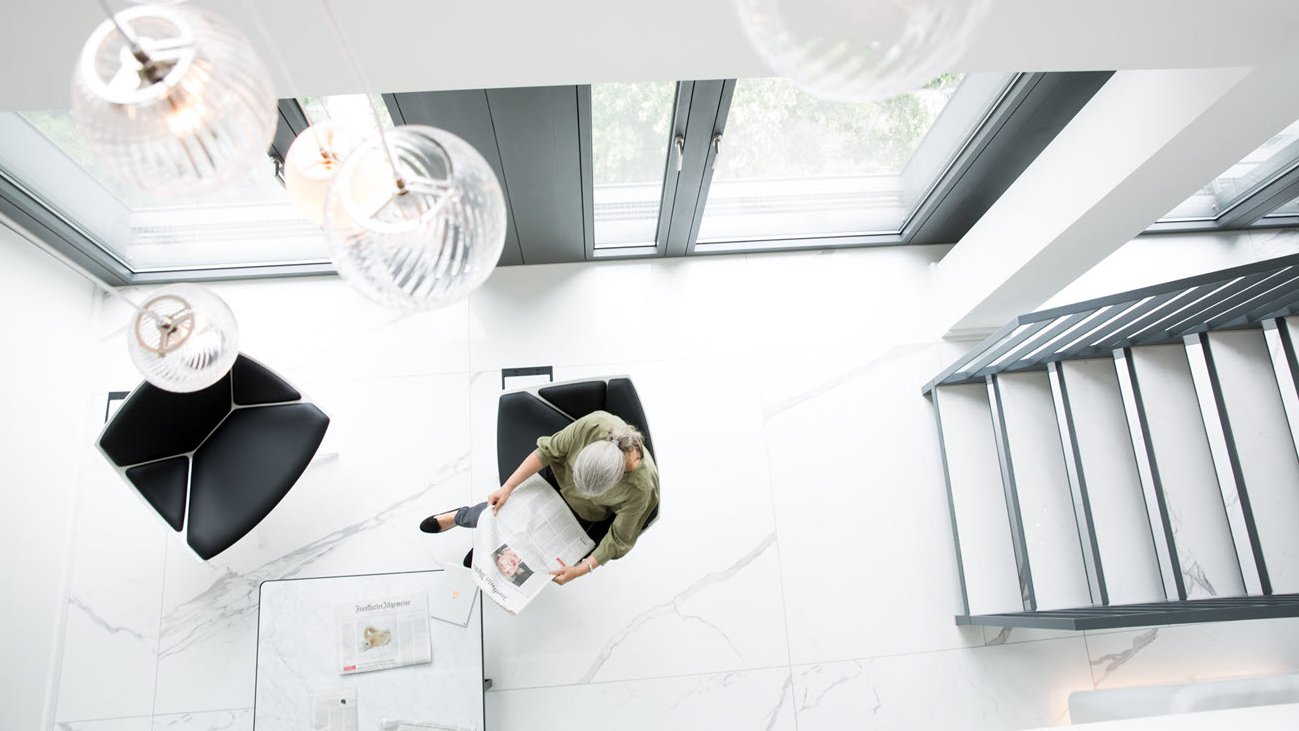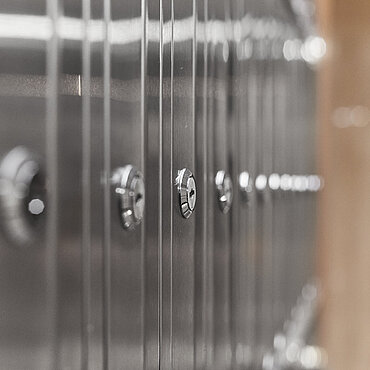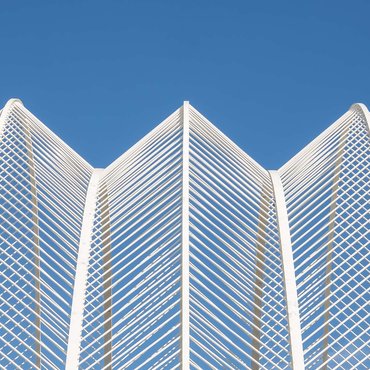Hydrogen projects under the TEN-E Regulation
The Union list has been in force since 28 April 2024. For the first time the list also includes 65 electrolyzers and hydrogen infrastructure projects.
Aim and purpose of the Union list
By Delegated Regulation (EU) 2024/1041 of the Commission (the “Union list”) as regards Regulation (EU) 2022/869 on guidelines for trans-European energy infrastructure (“TEN-E Regulation”), energy infrastructure of the European Member States is to be expanded and linked through cross-border projects. The aim is to promote the internal energy market, strengthen security of supply as well as integrate and support renewable energies.
The TEN-E Regulation applies to those projects specified in the Union list. Every two years, the EU Commission – based on Article 3(4) of the TEN-E Regulation – issues the Union list as part of a delegated act. There it names the Projects of Common Interest (PCIs) and Projects of Mutual Interest (PMIs). PCIs are important infrastructure projects aimed at completing the European internal market. PMIs are cross-border energy infrastructure projects of the EU with third countries (e.g. the UK).
Setting priorities in permitting procedure and transparency
The projects listed in the Union list as PCIs or PMIs benefit from this status in many ways. They shall be granted the status of the highest national significance possible and be appropriately treated in the permit granting process and in spatial planning, including those processes relating to environmental assessments pursuant to Article 7(3) of the TEN-E Regulation.
Moreover, the TEN-E Regulation provides requirements for the duration and implementation of the permit granting process pursuant to Article 10 of the TEN-E Regulation. The permit granting process consists of two procedures: the pre-application procedure and the statutory permit granting procedure. The combined duration of the two procedures shall not exceed a period of 42 months. However, the time limits can be extended before their expiry and on a case-by-case basis.
Above all, the Member States shall designate one national competent authority, which shall be responsible for facilitating and coordinating the permit granting process for the PCIs and the PMIs (“One-Stop-Shop”), Article 8(1) TEN-E Regulation. Its purpose is to optimise the permitting procedure in the interests of efficiency and transparency and better cooperation between the Member States. In Germany the Federal Network Agency [Bundesnetzagentur – BNetzA] is the One-Stop-Shop for PCIs and PMIs. In this context, it acts as a point of contact between the competent authorities in Germany, the One-Stop-Shops of other Member States and the Commission. As a one-stop shop, the Federal Network Agency is not necessarily also the permitting authority; the TEN-E Regulation does not change the national competencies.
The aim of the TEN-E Regulation is to ensure the highest possible standards of transparency and public participation when it comes to all matters of relevance for the permitting procedures for PCIs/PMIs. Thus, pursuant to Article 9(4) of the TEN-E Regulation, at least one public consultation (preliminary consultation) is to be carried out prior to commencement of the permitting procedure. In addition, the project promoter must draw up its own concept for public participation.
Subsidies
PCIs and PMIs can receive EU subsidies provided if they fulfil the requirements of the Connecting Europe Facility (CEF). The CEF is a funding scheme of the European Union. Its purpose is to promote the expansion of Trans-European transport, energy and digital infrastructure networks for infrastructure investments throughout the Union and cross-border cooperation in the area of renewable energies. As part of the annually published call for proposals, project promoters of the PCIs and PMIs can apply for financial aid. To be granted funding, a project must be assessed in terms of its contribution towards achieving the climate goals of decarbonisation as well as reviewed as to the stage reached. The level of funding required is also relevant for the decision.
Union list projects
The hydrogen infrastructure projects included in the list for the first time include, among others, “Baltic Sea Hydrogen Collector”, “AquaDuctus” and “CHE Pipeline”. The hydrogen connecting line “Baltic Sea Hydrogen Collector” connects Sweden, Finland and Germany via an offshore hydrogen pipeline in the Baltic Sea region. The “Aquaductus” project is an offshore hydrogen pipeline that is planned in the German North Sea to transport large quantities of green hydrogen produced on the North Sea to the European continent. The offshore hydrogen pipeline “CHE Pipeline” will stretch from the Norwegian west coast (Mongstad/Kollsnes) all the way to northern Germany.
Conclusion and outlook
PCI and PMI status in the Union list will ensure faster permitting procedures and the possibility of coordination through the “One-Stop-Shop”. The public will be involved at an early stage and the authorisation procedures for the infrastructure projects will be made transparent. The EU funds PCIs and PMIs as part of the Connecting Europe Facility scheme.
By including projects as PCIs and PMIs in the Union list of the TEN-E Regulation, the EU is further pressing ahead with hydrogen infrastructure projects. This marks another important step towards the decarbonisation of EU industry as well as a secure and sustainable energy supply. In this way, the EU is looking to significantly increase the share of renewable and low-carbon hydrogen.


Subscribe to our GvW Newsletter here - and we will keep you informed about the latest legal developments!





